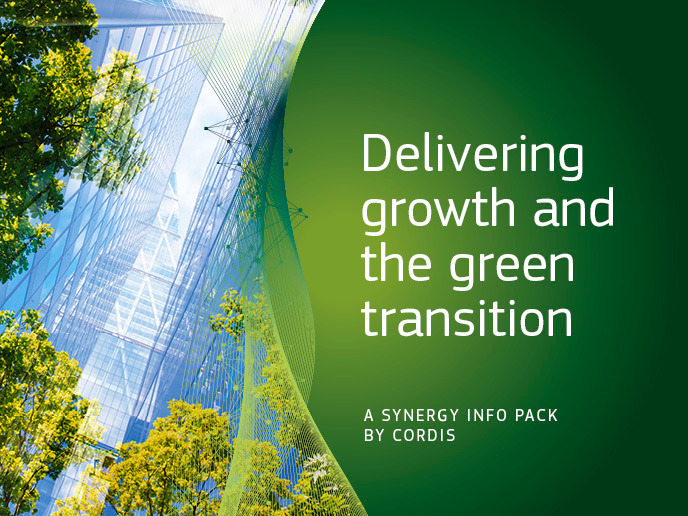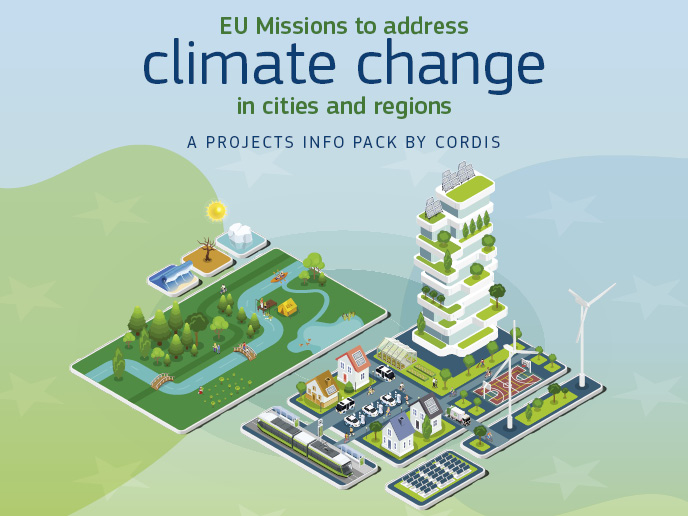Mining for sustainable river management solutions
Although South America is home to the world’s largest rain forest, the Amazon, about a quarter of the continent’s terrain is arid or semi-arid. Unsustainable human activity, such as mining, in these fragile areas increases erosion, leads to greater salinisation, and rapidly degrades ecosystems. Given its huge economic importance, though, mining cannot be radically downscaled without causing major suffering. This raises the challenge of developing innovative approaches to managing river basins. The EU-funded ‘Catchment's management and mining impacts in arid and semi-arid South America’ (Caminar) project examined three river basins affected by mining in Peru, Bolivia and Chile. The project worked to establish dialogue on the impact of mining on water management, evaluate the effectiveness of existing regulations, recommend guidelines for integrated water resource management, create decision support systems, and derive guiding principles for future policy development and implementation to protect fragile ecosystems. Employing a multidisciplinary approach and integrating applied research, CAMINAR set up a number of regional, national and international working groups which focused on the various areas of interest identified. Using existing data on the catchments of interest, the project analysed the current situation and, based on this, proposed guidelines for sustainable water management. In addition, four decision support systems – for surface and groundwater flow, water rights, data processing and analysis – were developed, appraised and disseminated. Various policy options were also formulated and disseminated at regional and national levels. As a reflection of the direct impact Caminar had, its guidelines were published as part of the technical series of UNESCO’s international hydrological programme. In addition, later research projects used and built on the project’s findings.







